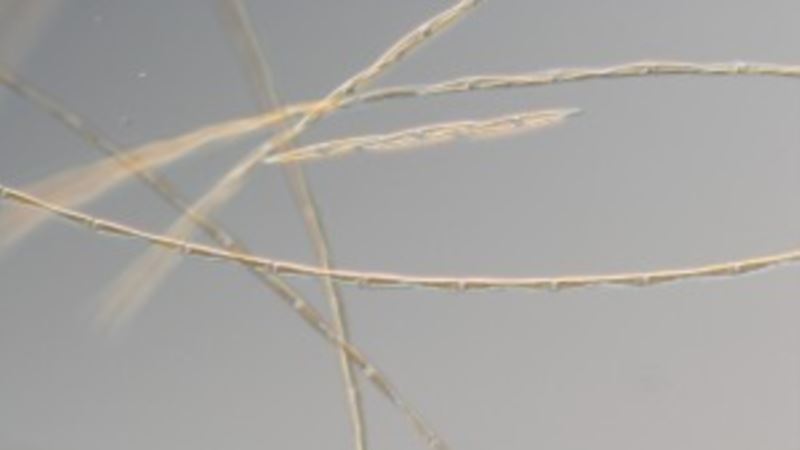In the northern hemisphere's winter of 2013-2014 an unusual patch of warm water appeared in the northern Pacific ocean. Scientists dubbed it "the blob" and it persisted over the region until this year. At its largest, the blob was about 1,600 kilometers long, 1,600 km wide and 91 meters deep, and temperatures averaged about 2 degrees Celsius above normal. A Deadly Warmth The problem was that warm water carries a lot less nutrients than cold water and the practical results of the blob were that phytoplankton in the cold Pacific waters had less food, and that had some devastating effects up the entire food chain. Thousands of sea lions and birds starved to death as fish deserted the warm waters searching for food. But now scientists say warming events like this one can also effectively poison the food chain. The new work was led by researchers at the University of Washington and the National Oceanic and Atmospheric Administration (NOAA), and appeared in the journal Geophysical Research Letters. The study offers the first definitive proof linking Pacific warm water and an unprecedented bloom of toxic algae in 2015 that closed fisheries along the west coast of the United States. A Uniquely Nasty Algae The researchers studied an algae called P. australis which made up most of the deadly bloom. What they found was that warm water makes these cells grow two or three times faster than normal. Under the right conditions they can produce a toxin called Domoic acid which builds up in shellfish that filter sea water, and moves steadily up the food chain becoming more and more dangerous. The toxin can cause gastrointestinal distress, seizures, memory loss and even death when too much of it gets into the bloodstream of everything from dolphins to sea lions to humans. And in the case of the 2015 bloom, NOAA recorded "…the largest geographic extent of marine mammal impacts ever recorded." The impact ranged from poisoned crabs, to convulsing sea lions, and the forced closure of a giant swath of fisheries reaching from Los Angeles to Seattle. The economic impacts aside, the real concern among scientists is that as climate change continues to warm ocean water, blooms of P. australis will become more and more common, and a major source of food for humans and sea life, less and less edible. “Species like Pseudo-nitzchia are extremely well-poised to take advantage of background warming,” according to University of Washington scientist Ryan McCabe said. “The fact that they are almost engineered to take advantage of situations like this — warm temperatures and low nutrients — that is concerning.”
Scientists Link Toxic Algae to Warm Water






